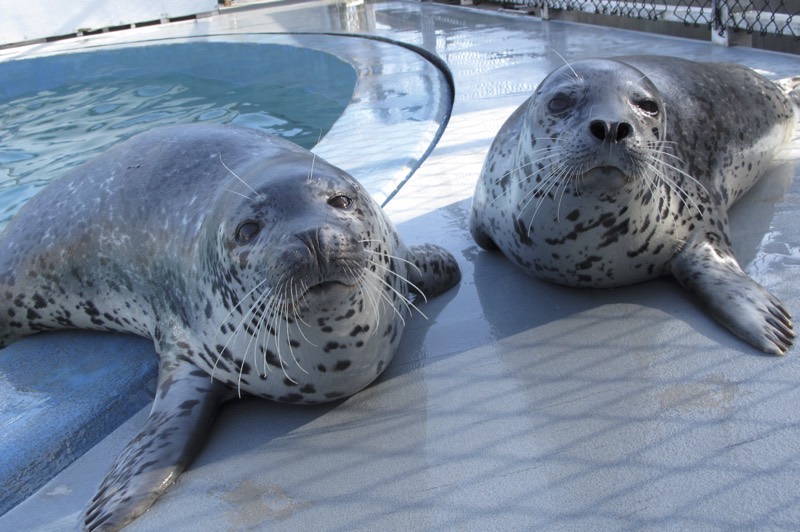Seal-ective hearing

Rising levels of man-made noise in the Arctic are degrading the acoustic habitat of ice-living seals.
To learn more about how noise pollution affects these animals, researchers at UC Santa Cruz’s Long Marine Laboratory partnered with two pairs of rarely studied Arctic species—spotted seals and ringed seals—to test their hearing.
The results of those studies, published in the Journal of Experimental Biology, showed that both species are highly sensitive to sounds both above and below the water’s surface, said Jillian Sills, lead author and a doctoral degree candidate in the Department of Ocean Sciences.
Moreover, the amphibious animals didn’t lose land-based hearing in favor of underwater sound, noted lab director Colleen Reichmuth, a coauthor on the papers.
The research team tested the seals’ hearing under quiet conditions and against background noise, from frequencies as low as 100 Hz to ultrasonic frequencies higher than 70 kHz. Interestingly, the seals showed a wider hearing range under water compared to on land, suggesting that the hearing mechanisms differed in each environment.
Next, the investigators will create auditory profiles for the rarely studied bearded seal. All the data will help establish regulatory criteria for noise exposures to protect free-ranging marine mammals.

